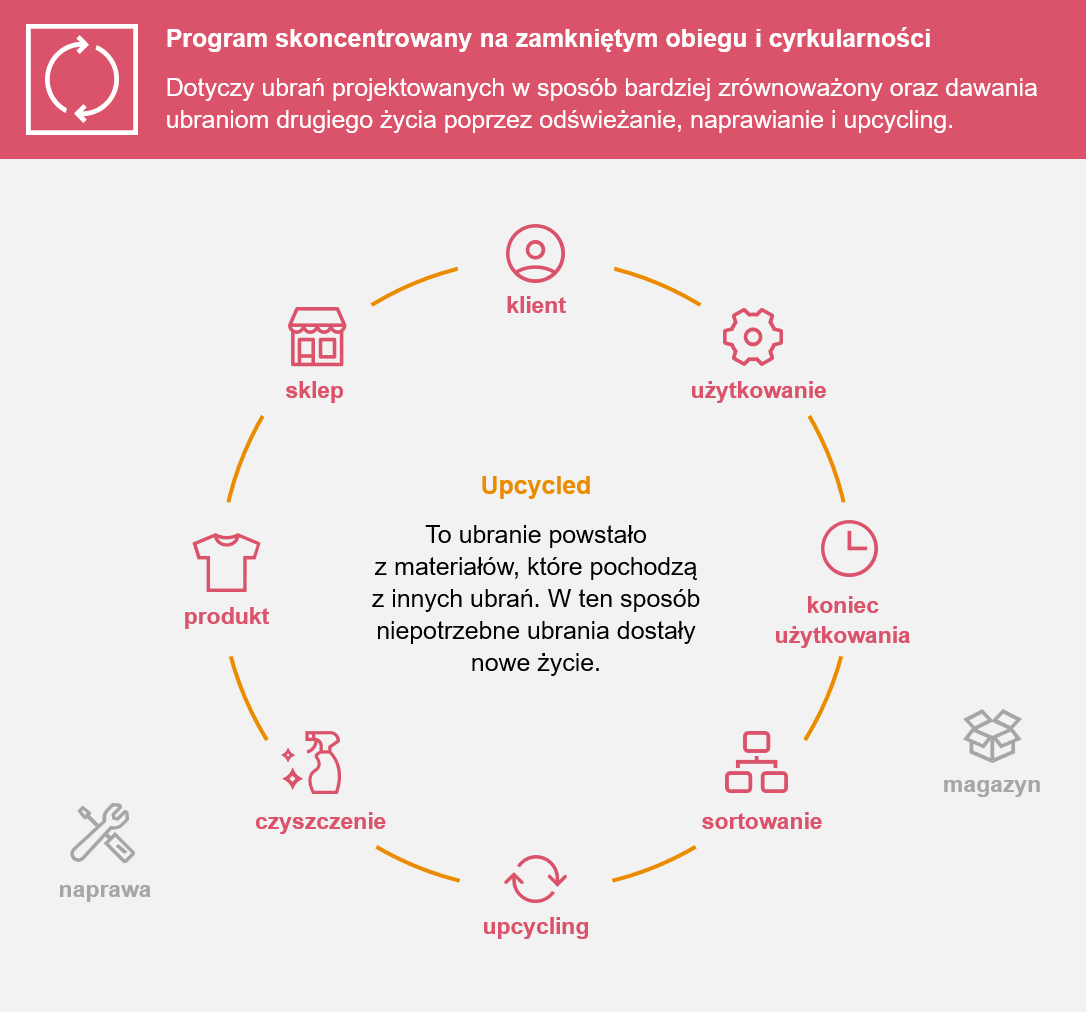Szybki rozwój e-commerce spowodował z jednej strony, wzrost skali sprzedaży w kanale internetowym, lecz z drugiej postawił przed branżą szereg wyzwań.
Jednym z kluczowych obszarów jest czas i jakość obsługi. Złagodzenie obostrzeń związanych z pandemią spowodowało, że klient ponownie widzi alternatywę w postaci zakupów w sklepach stacjonarnych, a od e-commerce oczekuje efektów „tu i teraz”. Należy mieć świadomość, że użytkownicy wymagają płynnego działania sklepu z czasami reakcji systemu dostosowanymi do wykonywanej czynności, błyskawicznego otrzymania zamówionej przesyłki, natychmiastowej odpowiedzi Obsługi Klienta, czy bezproblemowych zwrotów.
Klienci sklepów internetowych coraz bardziej zwracają także uwagę na bezpieczeństwo w sieci. Ważne staje się dla nich nie tylko to, jak ich dane są zabezpieczone, ale jakiego typu informacjami w ogóle chcą się dzielić przy kontakcie z marką. Idą za tym również zmiany prawne oraz podejście gigantów cyfrowych takich jak Google do wykorzystania, chociażby Third-Party Cookies. Stanowi to wyzwanie dla digital marketingu w jego obecnej formie i będzie wymagało szybkiego dostosowania się do nowej sytuacji.
Na handel, w tym także e-Commerce, wpływa sytuacja geopolityczna i ekonomiczna, w jakiej znalazł się nasz region. Zamknięcie rynku rosyjskiego oraz białoruskiego, rwanie łańcuchów dostaw, pogarszanie się sytuacji finansowej potencjalnych klientów z jednej, a wzrost cen z drugiej strony, powoduje, że Polacy deklarują chęć oszczędzania między innymi na meblach, obuwiu, elektronice, artykułach sportowych i ubraniach.
Trendy
Jednym z wielu trendów, jakie można zaobserwować w branży e-commerce, jest coraz szersze eksperymentowanie z Augmented Reality (rozszerzoną rzeczywistością). Technologia pozwala lepiej poznawać produkt podczas zakupów online. Wizualizacje 3D, wirtualni sprzedawcy czy przymierzalnie mogą pomóc w zwiększeniu konwersji w sklepie internetowym lub aplikacji mobilnej, ale też zredukować ilość zwrotów spowodowanych choćby nietrafionym rozmiarem.
Jednym z przykładów było zastosowanie wirtualnej przymierzalni dla jednej z kolekcji Roberta Lewandowskiego w 4F. AR w połączeniu z technologiami sztucznej inteligencji (AI), Big Data, chatbotami, wyszukiwaniem głosowym i urządzeniami typu smart, być może wkrótce pozwoli na przekształcenie E-commerce w prawdziwe aCommerce (augmented commerce), gdzie znacznie lepiej i szybciej odpowiada się odpowiednią ofertą na zapotrzebowanie konkretnej osoby.
Kolejnym trendem, który utrzymuje się od dłuższego czasu i wszystko wskazuje na to, że nie ulegnie zmianie, jest mobile first. E-commerce’y powinny być projektowane przede wszystkim pod urządzenia mobilne, głównie smartfony. Aplikacje mobilne to już praktycznie standard, coraz szerzej wprowadza się także technologię PWA (Progressive Web App).
W tym zestawieniu nie może zabraknąć również Re-commerce. Klienci oprócz zakupu nowych ubrań, coraz chętniej decydują się na zakup produktów używanych. Oczekują od swoich ulubionych marek oferty ubrań z drugiej ręki, a także wsparcia w przekazaniu czy utylizacji niepotrzebnej odzieży.
W OTCF jesteśmy świadomi wagi tego obszaru i oczekiwań konsumentów. Docelowo chcemy, aby na stronie 4f.com.pl klient miał możliwość nie tylko kupić i wypożyczyć nową odzież, ale też dostać ubrania z drugiego obiegu. Obecnie działa u nas zbiórka ubrań (online + stacjonarnie w 10 lokalizacjach) oraz sprzedaż używanych sztuk w kilku sklepach 4F. Rozpoczynamy też prace nad projektami UPCYCLINGOWYMI, gdzie nowe rzeczy powstaną ze starych, a następnie trafią do sprzedaży.


Wojciech Mikulski
Członek Zarządu
OTCF S.A.




